Caley Thistle stirred up a hornet’s nest with a controversial statement announcing the relocation of its training base – but they did get one bit right.
The club’s reasoning for the bizarre proposal to shift operations 135 miles south to the Fife mining village of Kelty created a huge backlash.
Talk of a season ticket boycott ultimately forced ICT’s board to backtrack and dump the idea.
And the two people chiefly responsible for the idea, chairman Ross Morrison and chief executive Scot Gardiner, ended up resigning too.
But among the bizarre optics of claiming to be “delighted” to be taking the club away from its community was one point that hit the nail on the head.
The statement read: “The commercial success of Inverness has led to very high prices for the accommodation we require to house players.
“The extremely limited housing stock in Inverness continues to be both a challenge and a huge factor working against us.”
This is not news for anyone who has competed for a property on the Highland capital’s rental market lately.
Or to anyone trying to buy a house, where demand is still high despite the repeated interest hikes of the last two years.
But as hard as it is in the north right now, is it really such an outlier compared to the rest of the country?
Let’s take a look.
How do Inverness prices compare to the rest of Scotland?
No one was expecting the bulk of Caley Thistle’s squad to begin living in Kelty, a former mining village with a population of around 6,000.
The proposal’s “appeal” was that they’d have an easier time attracting players from across the central belt.
With the help of Right Move, we took a look at the average sales and rental data for Inverness and compared it with the nearby population centres of Glasgow, Edinburgh and Stirling.
As of April 2024, the average rental price in the Highland capital is the lowest of the four at £1,096 per month.
Stirling sits at £1,158, Glasgow is at £1,278 and Edinburgh is at a whopping £1,708.
The trend over the last few years is the most alarming bit.
The same average rental price for Inverness was £914 per month a year ago and in 2019, it was £772.
But Inverness is not alone there. It’s the same pattern in the other three Scottish cities too.
When you look at average house sale prices, the Highland capital does rise above Stirling and Glasgow.
In 2024 so far, the average sale price has been £219,000. That’s higher than the £204,000 in Stirling or the £198,000 in Glasgow.
Edinburgh’s average sale price is still considerably higher, however, at £330,000.
What about prices in Kelty and Dunfermline?
The same Right Move data for rental prices was not available for Kelty – or even nearby Dunfermline.
Instead, to assess the housing situation in west and central Fife we asked two local property experts for their take.
Michael Maloco has lived and breathed the sector for 40 years.
He works as a senior business consultant for Dunfermline-based Maloco, Mowat and Parker after decades of leading Maloco + Associates.
“We genuinely do have a housing crisis,” he said. “There are simply not enough homes to rent.
“For a two-bed flat coming onto the market, we would have between 10 and 30 people out to look at in the first week.
“And then it’s a scramble and a lot of people are disappointed.
“When it comes to sales, properties are not on the market for long either. And last month, our average sale price was 4% over home report value.”
Elaine Kyle, a senior valuer with Dunfermline estate agent Morgans, painted a similar picture.
She said: “The demand is here but not the supply, particularly at the lower end.
“The rental market in Dunfermline has become very expensive.
“It’s a bit different in Kelty but if you were looking at a detached property for rent there, you’d still be looking at over £1,000 a month.”
Caley Thistle’s training base stays put – but the city’s housing crisis remains
Caley Thistle’s outgoing chairman Ross Morrison claimed the Kelty move would save them somewhere in the region of £200,000 to £400,000.
And the club would likely argue that moving the training base to Fife was designed to attract players already based in the central belt.
Doing so would mean they’d avoid having to stump up relocation costs and end up roped into paying for rent or hotel rooms for players.
But trying to position the bizarre move as being as a result of “the commercial success of Inverness” has ended up having the opposite effect.
Fans see it as a slap in the face for their hometown.
Especially when the club has already achieved so much success while being based in the Highlands.
And when your new base is on the doorstep of a nearly impossible rental market and a red-hot house buying one, it feels like quite the stretch.
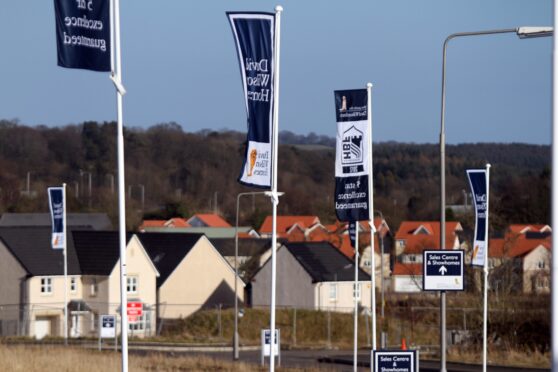
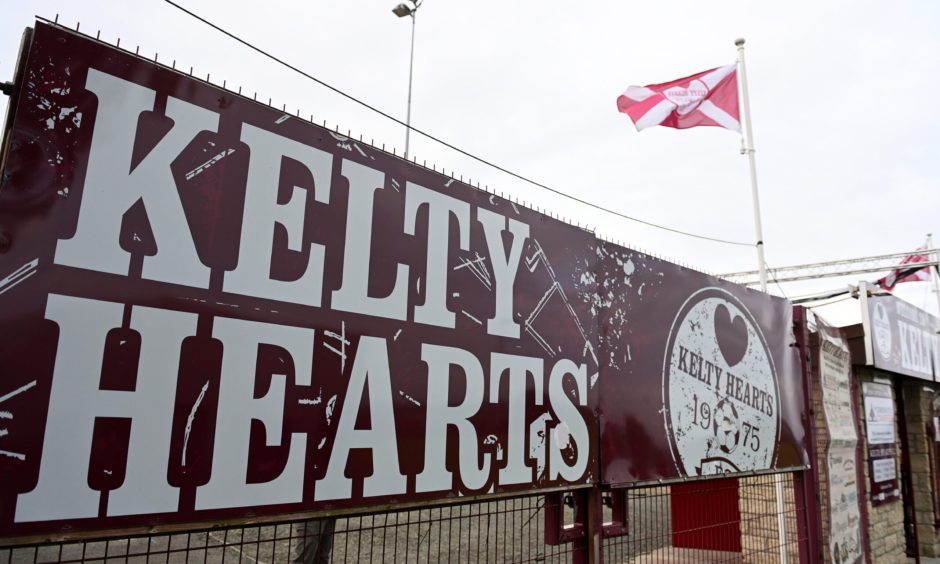
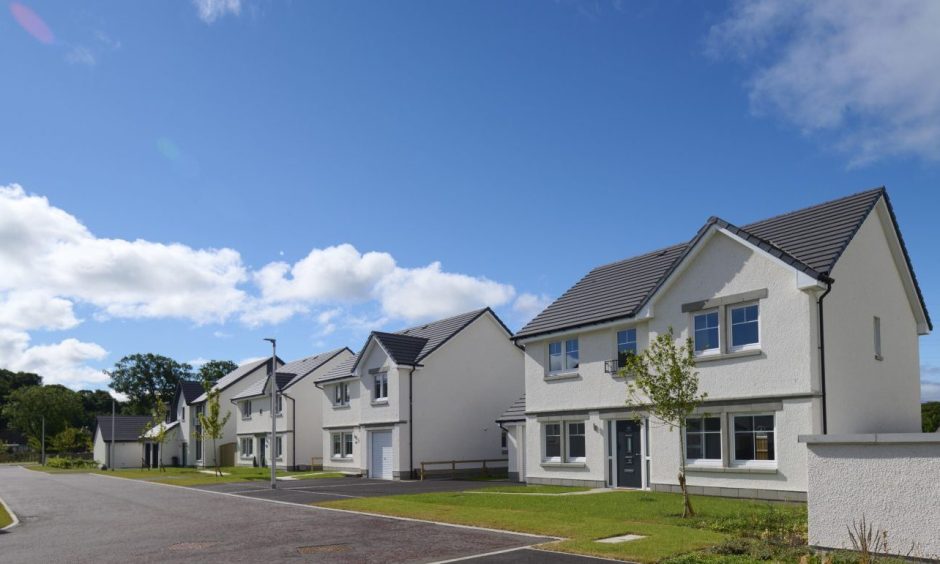

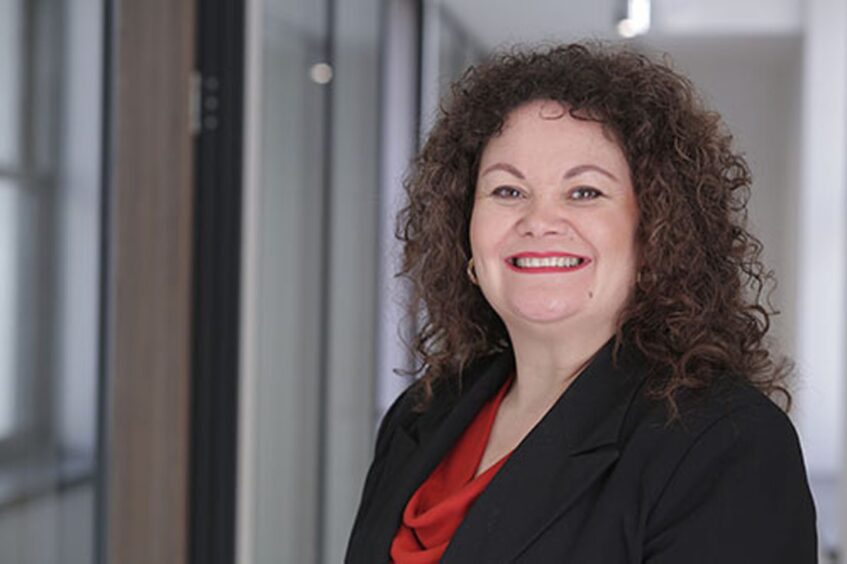
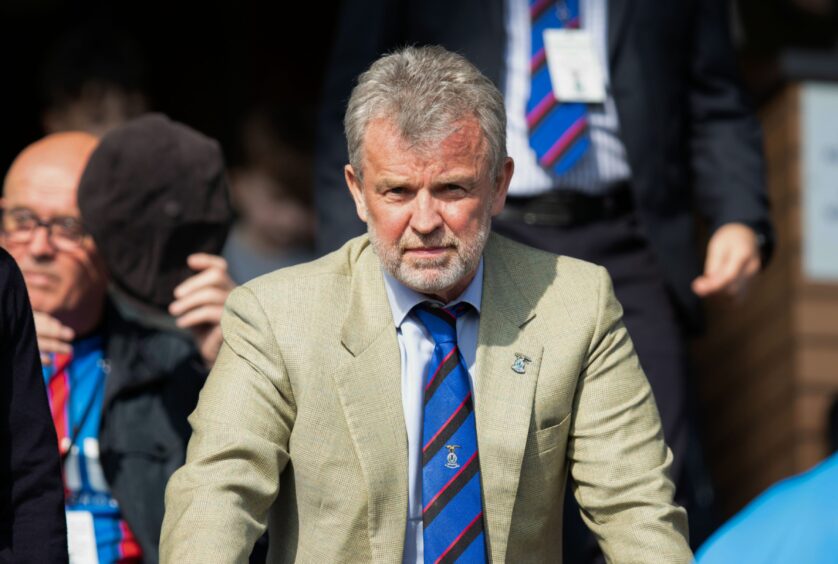
Conversation